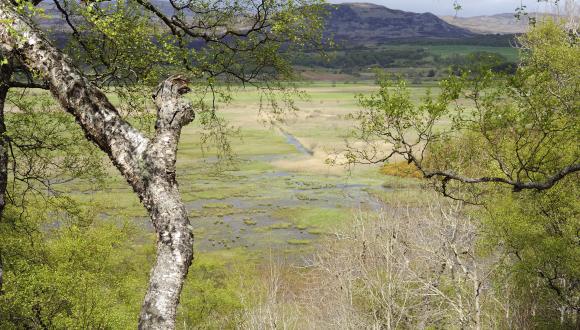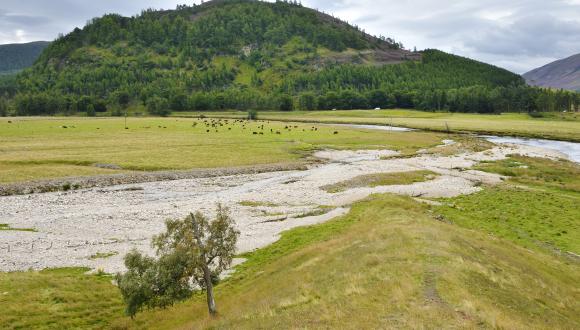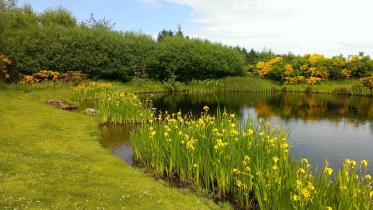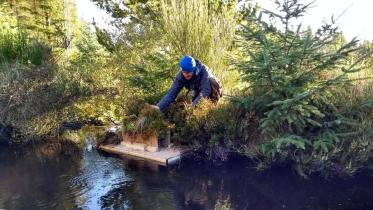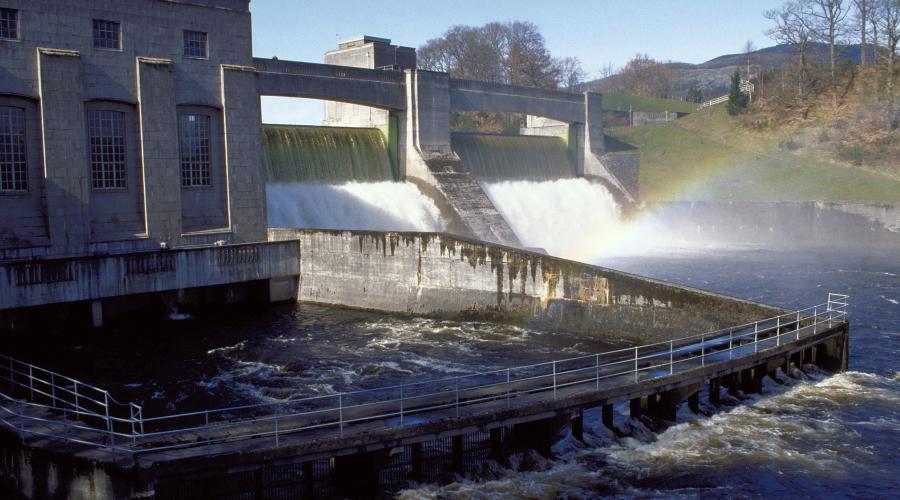
River engineering
River engineering may damage the long-term viability of freshwater species by changing the availability and quality of physical habitat.
People have been modifying Scotland’s rivers in many ways for centuries. Legislation is now driving the restoration of engineered river systems to their previous, natural state.
Many of our rivers have been:
- dammed to enable water abstraction for domestic and industrial use and to generate power
- reinforced along their banks to prevent the erosion of valuable land (e.g. arable fields) and the undermining of roads and bridges
- embanked to prevent flooding
- managed extensively by fishery managers to promote fishing opportunities
Scotland’s rivers typically have gravel beds, which constantly shift in response to heavy rainfall and other natural events. Rivers have a lot of energy and need space to accommodate these changes. A change in energy in one part of a river may result in a change in another part of the river.
Human interference can alter a river’s natural flow, which may result in the need for further, unplanned work. For example, adding flood embankments to one part of a river may cause erosion to worsen elsewhere. This is because the power of newly constrained flood waters will be transferred downstream.
River engineering may only take place with the prior permission of the Scottish Environment Protection Agency (SEPA).
Impacts on biodiversity
Our rivers are part of Scotland’s identity. They support internationally important species like the freshwater pearl mussel and the economically valuable Atlantic salmon.
River engineering, for whatever reason, may damage the long-term viability of freshwater species by changing the availability and quality of physical habitat. For example, damming a river may prevent the migration of fish to and from spawning grounds, reducing fish populations. Or badly planned or executed work may result in the smothering of freshwater pearl mussels.
Evidence shows that we must work with and accommodate rivers if we are to look after nature.This was highlighted in 2016 by the River Restoration and Biodiversity report we published with the International Union for Conservation of Nature (IUCN). The report describes the importance of our rivers for nature conservation and the ways we can repair that damage to benefit wildlife and wider society.
The need to work with rivers is also covered by the Water Framework Directive, which is part of EU legislation. The Water Environment and Water Services (Scotland) Act 2003 brought this into Scots law.
Natural flood management is now part of flood protection schemes, an approach that will also benefit freshwater plants and animals.
River restoration support
We support the River Restoration Centre, a hub for the sharing of information and expertise relating to river restoration and enhancement in the UK.
SEPA administers the Water Environment Fund. The Scottish Government funding supports partnership projects to restore the condition of Scotland’s water environment.
